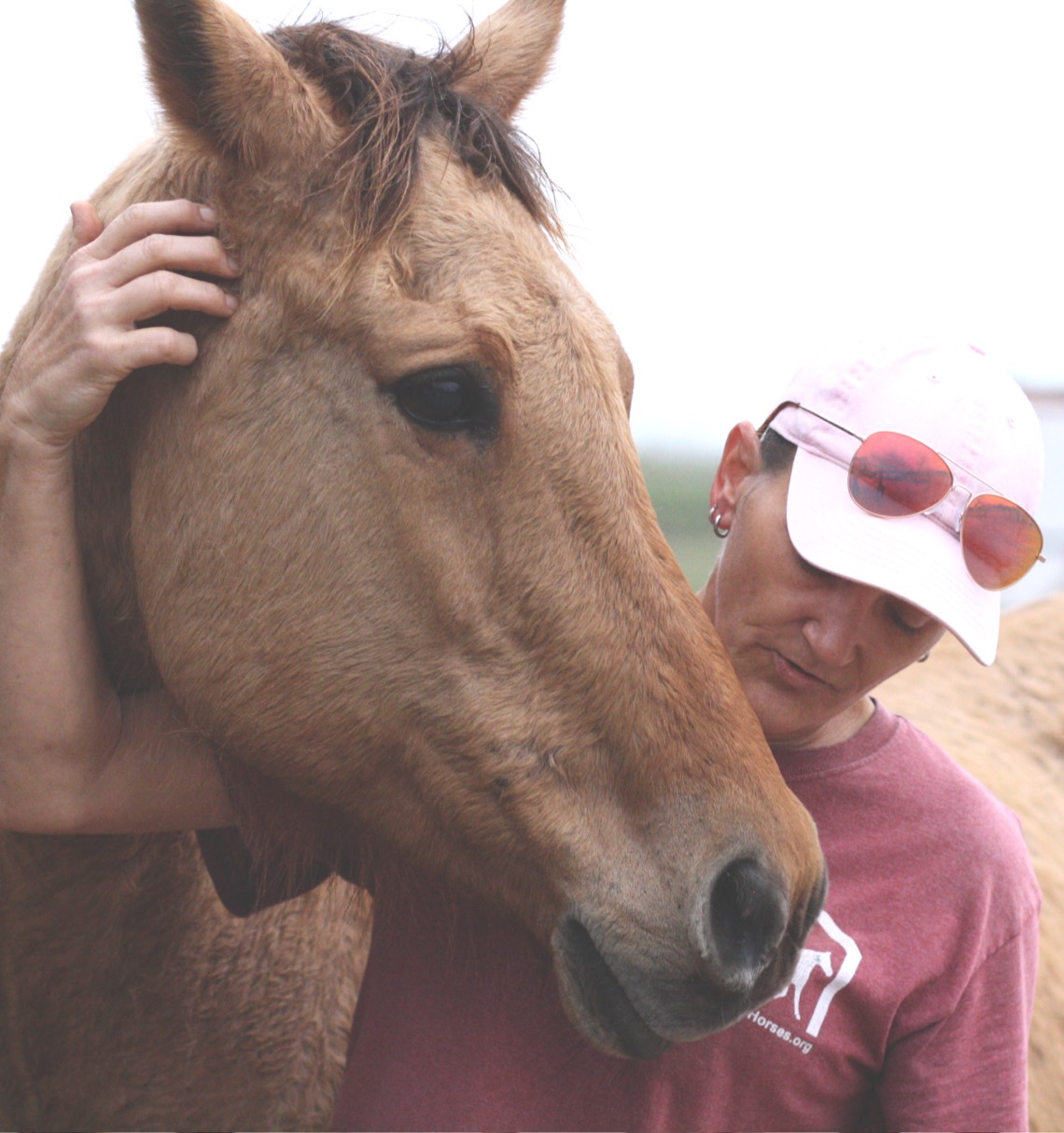7 Equine Nutrition Myths Busted
“NUTRITION IS ONE OF THE MOST DIFFICULT ASPECTS OF HORSE MANAGEMENT TO UNDERSTAND, SO IT’S NO WONDER THAT FORAGE AND OTHER FODDER FALSEHOODS SPROUT AND TAKE ROOT.”
From: Kristen M. Janicki, MS, PAS | TheHorse.com
Haven’t you heard that feeding a hot bran mash will help prevent colic in the winter?” Horse owners pass feed fallacies such as this down the barn aisle on a daily basis. Nutrition is one of the most difficult aspects of horse management to understand, so it’s no wonder that forage and other fodder falsehoods sprout and take root, becoming accepted as conventional wisdom. Without getting a master’s or doctorate degree in equine nutrition, how do you decipher fact vs. fiction? Here we’ll help you bust some common myths about feeding horses.
MYTH 1: HORSES HAVE “NUTRITIONAL WISDOM” AND WILL SEEK OUT NUTRIENTS TO MEET THEIR NEEDS
“I recently started noticing my horse licking the dirt out in the pasture. Could he be missing important nutrients in his diet?”
Dirt-eating, or geophagia, is a fairly common behavior in both feral and domesticated horses. Researchers observing this behavior in feral horses in 1979 believed they might be licking the soil to increase their salt intake. In a 2001 study in Australia, researchers evaluated soil from 13 sites where horses were eating dirt and found that the samples contained elevated levels of iron and copper compared to paired control samples, and even horses offered supplemental mineral mixes or feed were among the study group.
The truth is we don’t know exactly why horses lick dirt, but it does appear that they exhibit this behavior even when their diet adequately meets their nutrient needs.
One way to potentially curb geophagia is by offering free-choice good-quality forage at all times. Use small-hole haynets or other feeders to help extend mealtime, leaving less time for boredom (another theorized reason for geophagia) and potential dirt-tasting.

